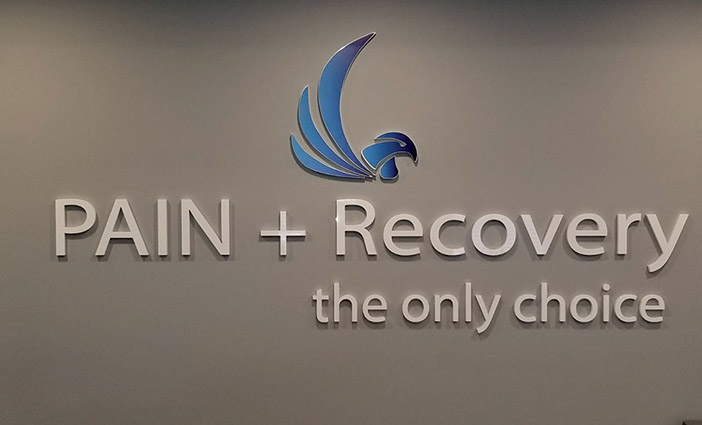
Asher Goldstein, MD, and his exemplary staff at Overlook PAIN + Recovery are helping patients suffering from chronic and acute pain conditions with non-opioid treatment options including interventional pain procedures and physical therapy. Overlook PAIN + Recovery also offers a unique program that helps people with opioid dependency come off their medications while treating their underlying pain disorder.
Bracha (Beth) Mazin, PA, works with Dr. Goldstein to treat patients who are interested in options that will successfully help with pain management while simultaneously weaning them from their opioid medications. Over time it became evident that many people in our community are looking for help to come off of opioid medication in an outpatient setting.
“At Overlook PAIN + Recovery we spend a significant amount of time with each patient, offering support both on a medical level and an emotional level, to help ease the process while weaning them off of their opioid medications,” explained Mazin.
There are different approaches to helping patients who have become dependent on pain medications. One option is to lower the dosage of the medication slowly and let the body adjust with time. Another approach would be to use a medication called Buprenorphine (Suboxone), which helps patients come off of opioids while preventing withdrawal symptoms and cravings.
Regardless of the approach taken to wean a patient off of opioids, the involvement of a mental health professional is essential. Overlook PAIN + Recovery refers patients to professionals who can help with this part of the treatment plan, hand selecting the right practitioner for each patient.
“A team approach is critical to the success of this process,” said Mazin. They believe that many of their patients feel vulnerable during this period of time when they are motivated to make a change yet frightened by the prospects they face.
Avi Shteingart, LCSW, who continues to work closely with Amudim, an organization specializing in drug and alcohol addiction, and Overlook PAIN + Recovery, operates a private practice for addiction and trauma counseling in Springfield and also in Brooklyn, New York. Working with people facing addiction for more than 10 years, he believes “we need an ‘integrated approach’ to handle this epidemic. Addiction can’t be treated on one level.” Patients need a structured program in place that includes a team of providers who coordinate care. At Overlook PAIN + Recovery, patients are presented with a support program as well as a treatment plan that will facilitate a more successful outcome.
In order for a patient with chronic pain to achieve long-term success without opioid medications, it is critical to treat the underlying pain. Dr. Goldstein has extensive experience in a variety of interventional pain-management procedures. One procedure he has found highly successful in helping patients with chronic pain, including those patients who have had back surgeries and are still in pain, is a spinal cord stimulator.
Spinal cord stimulation is a procedure that delivers ultra low-level electrical signals to the spinal cord or to specific nerves to block pain signals from reaching the brain. This prevents patients from feeling pain from that specific area. Spinal cord stimulation requires implanting a small device in the body to alter nerve transmission.
“In certain circumstances, the underlying cause for pain cannot be changed, but helping manage pain without medication is the desired outcome. We can’t necessarily fix the underlying cause for the pain, but we can treat the pain,” noted Dr. Goldstein.
Spinal cord stimulation is recommended when other treatments such as surgery have not been successful or are not advisable options. The spinal cord stimulator has proven to be very effective in treating chronic pain conditions, such as back pain, neck pain and migraine headaches, in an efficient and medication-free way.
A spinal cord stimulation trial period is necessary before implanting the permanent device. Trial device components are inserted during an outpatient procedure lasting approximately 45 minutes. The device is then turned on. Most patients with a spinal cord stimulator report not even being aware when the device is pulsing. Based on the results of this trial period, the doctor will determine if you are a candidate for the permanent device. Research indicates that those who have a successful trial have a 90 percent success rate with the permanent implant. Permanent implantation takes about an hour and is performed in an outpatient surgical center with fluoroscopic guidance and anesthesia.
The pain relief experienced with spinal cord stimulation allows people to take fewer pain medications, thus providing pain relief with a non-opioid treatment plan. To learn more about these treatment options, please call Overlook PAIN + Recovery at 201-645-4336 or visit www.pain-recovery.com.
By Andrea Nissel











